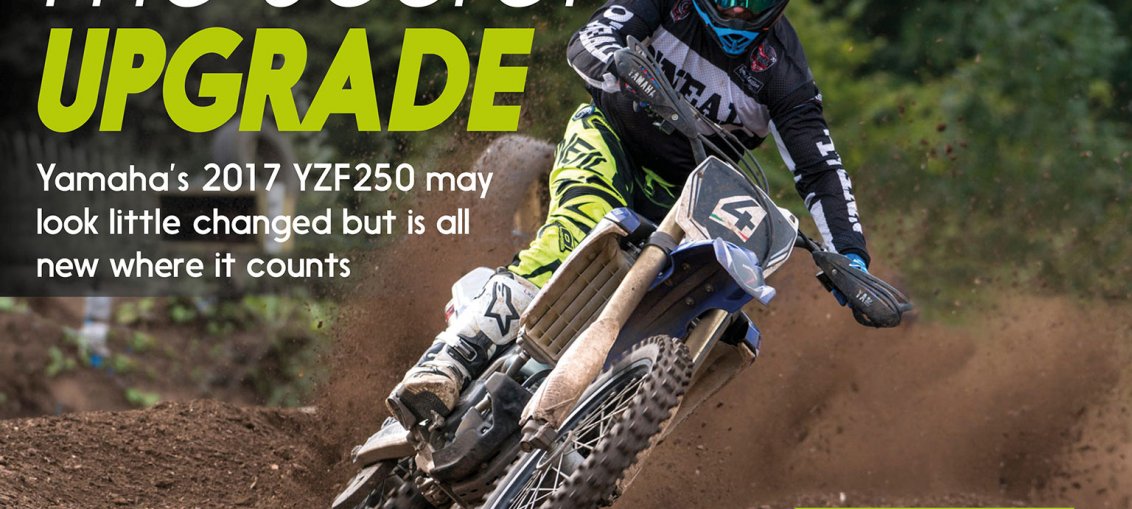
The Secret Upgrade
Yamaha really didn’t need to do much to the 2017 YZF250, simply because the 2016 bike was so good! It was our favourite MX2-class bike of the year with a great motor, suspension, handling and everything. An ideal package that won lots of races – from club races to GPs and AMA titles. It was the bike all the other manufacturers had to beat.
But instead of resting on their laurels, Yamaha chose to do a fairly major upgrade of the bike to make the best even better. It might not look much different, but Yamaha put in lots of effort to improve the power and reliability of the already strong and bulletproof motor, make the bike lighter and more nimble.
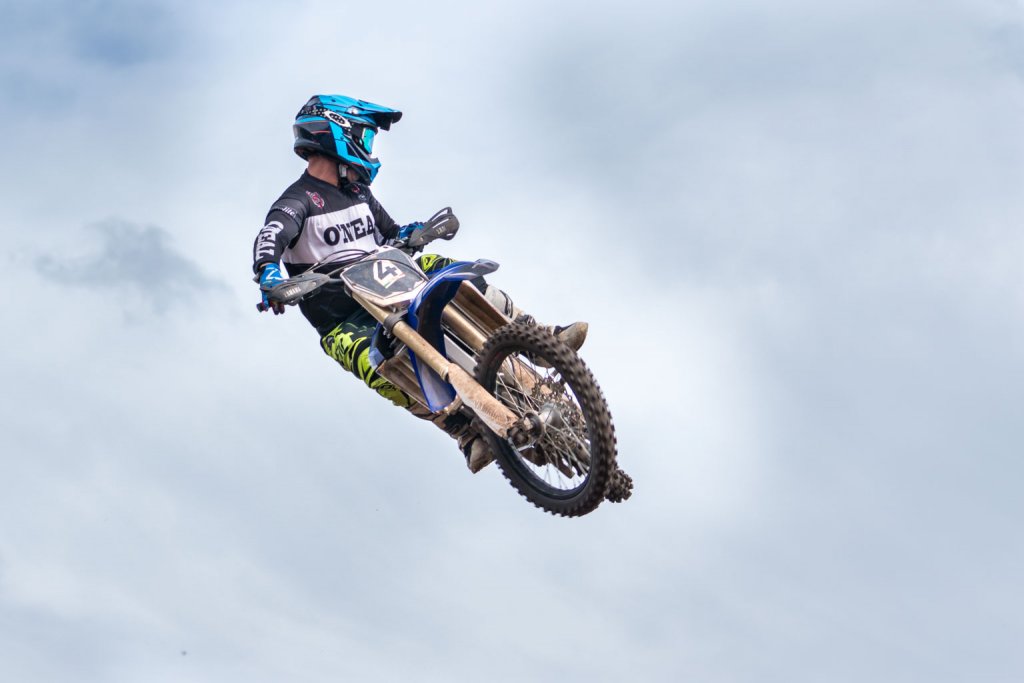
Yamaha say loads of tech changes to the motor are designed to increase pulling power in the mid to high rpm range and give faster acceleration, with improved gear shifting and a smoother clutch. Plus refined handling and suspension and better brakes.
No super-diet, though, or electric start, air forks, easy-change ignition maps, launch control or traction control. Yamaha keep it simple, focusing on intake and exhaust efficiency and remapped ECU, a new cylinder head with raised intake port, bigger inlet valves and higher-lift intake and exhaust camshafts. There’s an increase in valve lift for a stronger mid to top end while the cam has been altered for more bottom.
There are new valve springs and new nickel-chromoly steel con rod, a shorter intake funnel, larger throttle joint between the injector and intake port, redesigned twin exhaust ports and new exhaust header pipe with a larger front section with larger radius bends. The new ECU cuts in at higher rpm and features a rev limiter that gives an improved over-rev. There are higher-strength crankcases that are heat treated to make them even stronger. The redesigned gearbox has wider teeth on the second and third drive gears and the shape of the dogs on three gears have been altered, along with a new shift cam and modifications to the clutch push lever and a more rigid gear lever.
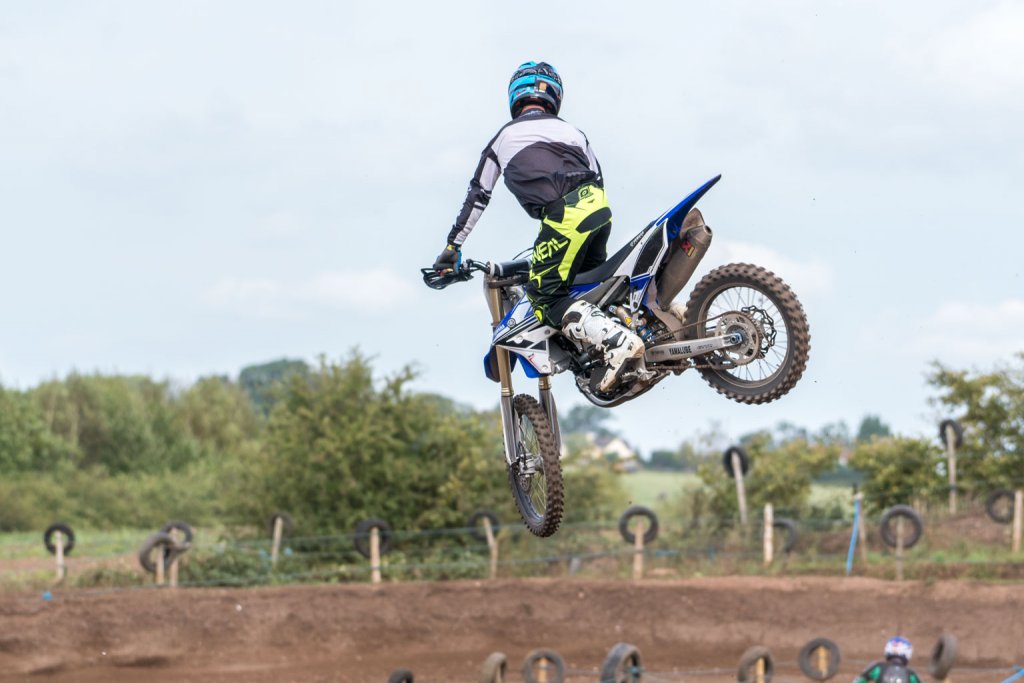
The aluminium frame is new, too, and is wider in the area behind the swingarm pivot to reduce flex. The front and upper engine mounting brackets are new too, to tweak the rigidity of the chassis. The footrests are 5mm lower to lower the centre of gravity. The KYB coil spring suspension has been modified, with AOSS forks that have more rigid outer tubes and revised damping settings.
Even the brakes are altered, with the 245mm rear disc now using the same heat resistant steel as the 270mm front disc. And there are new graphics plus a redesigned air filter cover. That’s a huge amount of changes, although they’re not too easy to spot.
We rode the new Yamahas at the soft-and-fluffy Dorno track in Italy, then for some real-world UK riding also hit the Apex circuit at Worcester. And straight away, it’s easy to feel that a great bike has been made even better.
The bike just makes you feel instantly at home with its neutral set-up. And with so much power on tap with instant response mated to great handling, it’s easy to attack the track and move around with ease. The bike may not be the lightest but the reverse-canted motor makes it feel lighter than it is. This is one bike that just gives you instant confidence and I was jumping some of the biggest jumps on the track straight away with ease.
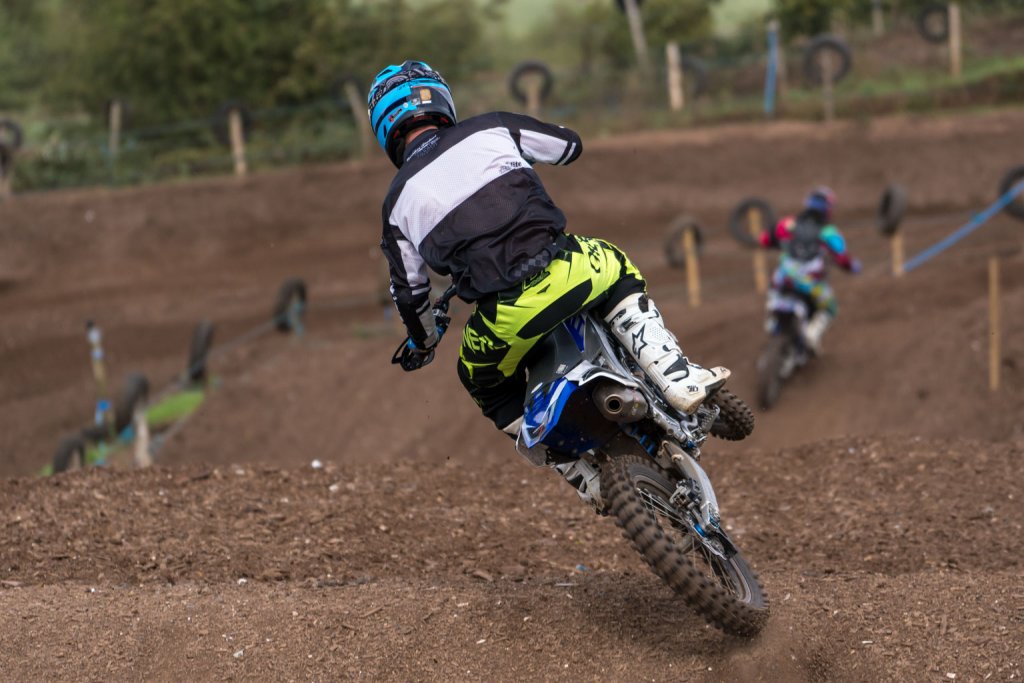
The power and response is insane. You can feel the extra revs the new motor has and the way it revs so freely through the RPM range compared to the 2016 model. The gearbox is much smoother, too.
The drive on uphill section is really impressive for a 250F, too. The motor pulls a lot more than the 2016 model and has a sharper response which really hits at quarter throttle. This makes for easy riding and helps you stay away from abusing the clutch. The new bike is a real powerhouse.
The engine characteristics really do help with corner speed and even effects how the bike feels in the air as there’s very little old-fashioned engine braking. It’s so moveable, flickable and fun to ride!
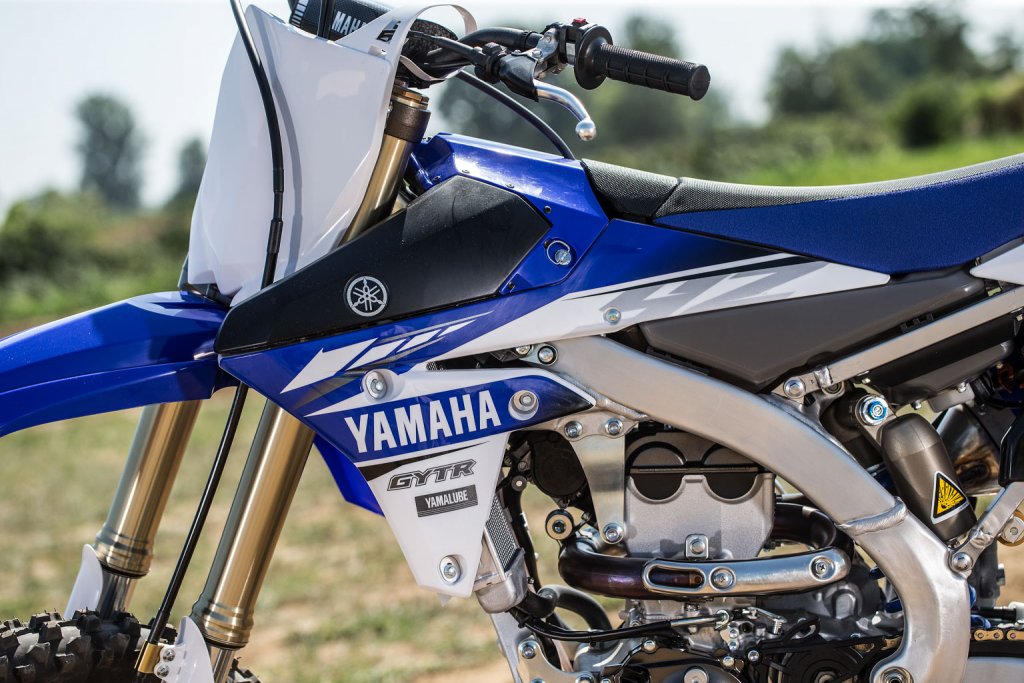
The lower footpegs help the nimble feeling due to the lower centre of gravity, but also help you grip the bike more with your legs giving you more control.
The suspension is simple and good – definitely good enough for all levels as it’s right in the ballpark with standard settings. And of course, you don’t need to check the air pressure after every moto.
The only slight niggle we had was with the clutch as it did start to fade slightly when outing in solid motos. It’s one of the few areas that I’d investigate upgrading if I owned the bike, but is simple to do if you throw money at it.
So Yamaha have taken their amazing YZF250 and made it even better. It might not be the most high-tech machine on the track but often simplicity wins. If you want a simple, reliable bike with no fuss that will just work week-in, week-out, then a Yamaha might just have your name on it.
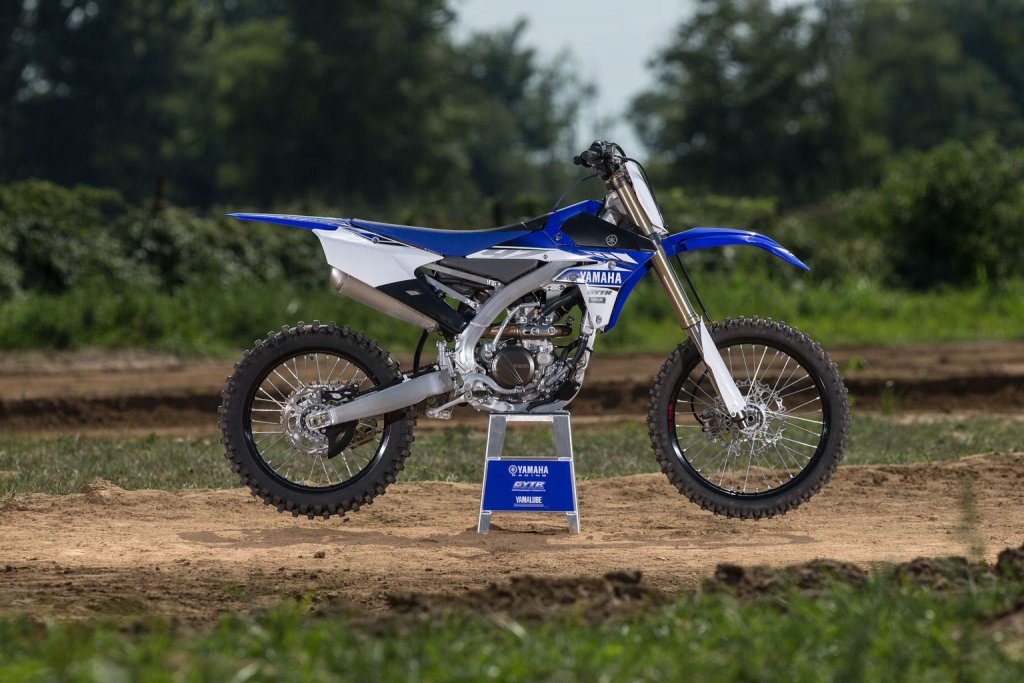
YZF250 changes at a glance
- New cylinder head
- Revised intake and exhaust port shape
- Larger intake valves
- Higher lift intake and exhaust camshafts
- New valve spring design
- Newly designed con rod
- Revised throttle joint
- Modified air cleaner joint design
- New big bore front exhaust
- New ECU with revised map and rev limiter settings
- High strength crankcases
- Redesigned clutch push lever
- Reshaped shift cam
- Newly designed gear lever
- Refined aluminium beam frame
- Newly designed high-rigidity fork outer tubes
- Revised suspension settings
- Repositioned footrests
- New rear disc material
- New graphics
First published – MotoHead Issue 1 – November 2016
By Dave Willet. Photos Adam Duckworth and Massimo Zanzani
